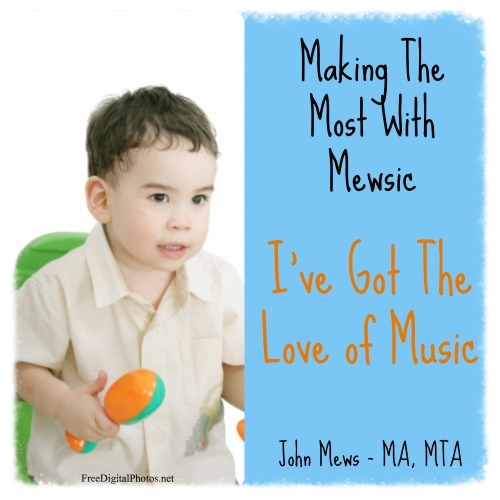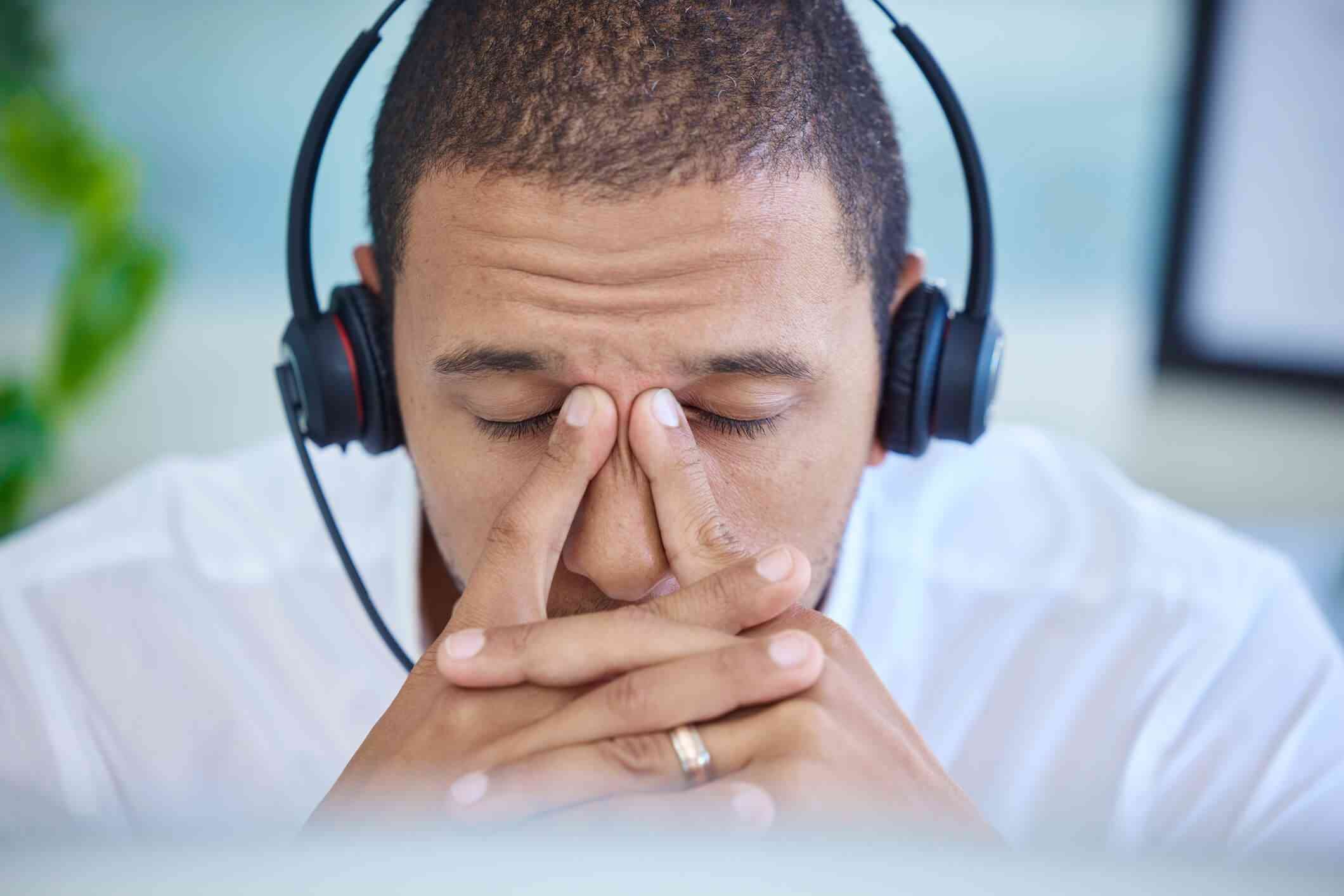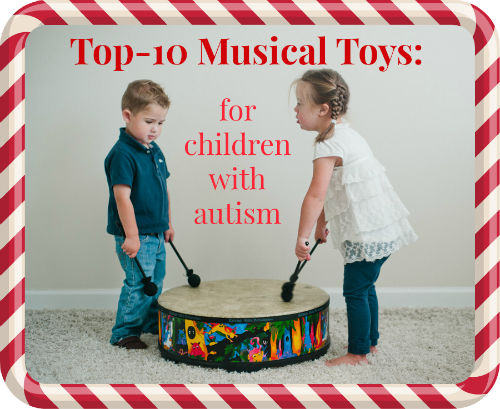
BLOGS
Educational blogs for parents and professionals
Music Therapy Addressing Back to School Needs
September and October can be very challenging months for both parents and children transitioning back to school from a relaxing and non-structured summer. Going back onto a routine can be tough for both parents and their children.
Once school starts, most teachers will be very attuned to each child's needs in their classroom. Perhaps you've gotten a call to have your child taken from class because of your child's performance, behaviors or even social isolation? If this happens, it can make the transition even more stressful for both the parent and the child.
Parents then might try to find services that will support their child and address the concerns of their teachers. What kinds of therapy might help? occupational therapy? speech and language therapy? physical therapy?
What about music therapy? Maybe you've never even considered it. This form of therapy has been around for almost 80 years, yet surprisingly people are still unaware of its effectiveness, particularly for helping children with special needs.
The fascinating aspect of music therapy is that you can be working on multiple goals simultaneously, such as speech/communication, fine/gross motor, social skills, emotional regulation, and others. For example, when playing a drum, a child can work on their gross motor skills, and at the same time be learning to regulate by maintaining a steady rhythm. If you add in vocalizations, it can help them with communication. Very few forms of therapy can compare to the versatility and efficacy of music therapy.
Here are a few examples of why music therapy can be an effective therapy for your child to help with any of the goals and concerns that may arise during this hectic transition starting back to school.
1- Music can increase social skills
2- Music can help regulate your child
3- Music can increase your child's attention span/focus
4- Music strengthens your child's auditory skills
5- Music helps with memory and sequencing skills
6- Music is fun, engaging and rewarding
7- Music can help increase communication skills and language development
8- Music can help with understanding and processing children's feelings
9- Music can help with social-emotional development
10- Music can help with fine and gross motor skills
If you would like to learn more about music therapy please contact me: john@mewsicmoves.com
Let's Stay in Touch!
For FREE songs, videos and tips on how to support children with special needs through music click here.
Please share, like and leave your comments below as I love to hear from you.
Autism Parenting Magazine Lists Music Therapy/Mewsic Moves as a Resource!
I've had the privilege of writing multiple articles for the autism parenting magazine over the past few years. They have covered many great topics and have been an amazing resource for parents, educators and therapists over the years. Some of my articles they've published are:
Last year the Autism Magazine also awarded us with the Top Music Therapy Writer for their magazine in 2014!
Just last month they have created an online resource for parents and I am so excited to announce that Mewsic Moves has made the list! We are so grateful to the Autism Parenting Magazine for all they do for families across the country, online and around the world. Thank you for being such a great tool and resource for so many.
You can find the resource list by clicking HERE.
You can also get your FREE copy of the Autism Parenting Magazine by clicking HERE.
Please share this resource with families of children with special needs and others who may benefit from any of these resources.
Let's Stay in Touch!
For FREE songs, videos and tips on how to support children with special needs through music click here.
Please share, like and leave your comments below as we love to hear from you.
Learning Concepts Through Music Therapy
Have you ever asked your child to put something "in" the box and he/she puts in elsewhere? Then it is most likely that you child may have challenges with differentiating basic concepts such as in, on, over and under.
I have worked with many children who are confused with these everyday concepts and have no idea how to differentiate between in, on, over and under. This is a common challenge for most children and especially common for children with special needs and those on the autism spectrum disorder.
Over and over again I have parents and other professionals asking me how I teach children how to differentiate between these concepts. I simple tell them, "I use music" as a fun and motivating tool to help them learn, understand and practice these basic concepts.
Just the other day I used the drum to help a 3 year old boy on the spectrum differentiate between "on", "under" and "in". We were singing 5 Little Monkeys jumping on the DRUM. I revamped the lyrics to make it more applicable in our music therapy session. When we were done with the monkey I asked him to put the monkey in various locations such as, "on the drum", "in the drum" and "under the drum". The little guy had so much fun hiding the monkey in all the areas he had no idea he was learning these concepts.
After this session I was inspired so I wrote a song to help you and your child learn these basic concepts through music. Feel free to adapt the words of this song to make it your own as well as to match the concepts to the particular environment for you and your child. In this song I kept all the concepts familiar to a music therapy setting (as it's mostly my working environment), but you may want to adapt the lyrics to school or home. For example, the first line is "I put my mallets in the box when it's clean up time". You may want to change it to, "I put my crayons in the box when its clean up time.
Please feel free to share your personal lyrics with us as we love to hear from you!
I hope you and your child will have fun learning these basic concepts and finding creative new lyrics to adapt to your particular environment. Have fun making the most with MEWSIC!
Download the song here! or by clicking the image to the right.
Click below to hear a sample of the song.
Let's Be Social
Please share, pin, like and leave your comments below as I love to hear from you!
For FREE songs, videos and tips on how to support children with special needs through music click here.
Image Courtesy of Tuelekza/freedigitalphotos.net
Top 5 Qualities to Look For in a Music Therapist
I recently read a blog on the top 5 qualities to look for in an individual therapist or family therapist. It got me thinking. What do parents or other professionals look for in a music therapist? What are the key qualities to look for in a music therapist?
Here are the qualities I have come up with for top 5 qualities to look for in a music therapist working with children.
1. Team Player
It is very important to find a music therapist who works well in a multi-disciplinary team. When I first began my practice I was so "green" and I consulted with other therapists such as Occupational, Physical and Speech Therapists. I learned so much from them and more over, I learned how to work together to make sure the best success was achieved for the child. Make sure that your music therapists has a wealth of consulting and works well with others in the child's team support system.
2. Creative and Fun
It is important for a music therapist to be creative. It is often imperative that a music therapist be able to make up songs and activities "on-the-spot" to match your child to where they're at. A music therapist often needs to adapt songs and activities to engage or motivate a child in the desired activity to achieve various goals.
3. Adaptable & Knowledgable
Just because a music therapist has a bachelor or masters degree it doesn't end there. Music therapists are required to follow up on continuing education and researching the latests educational resources in their specialized client population.
4. Compassionate and Patient
Working with children with special needs, especially autism can be most challenging at times. It is very important that the music therapist you are seeking to work with your child has a deep desire and compassion to work with children with special needs. You have every right to ask your therapist what inspired them to choose to work with children with autism. It is also crucial that music therapists working with children with autism have a great deal and gift of patience. Considering children with autism function and experience the world in different ways than we do, it is crucial that the music therapist you choose has a great deal of patience in waiting and understanding how your child acts or reacts in certain situations.
5. Problem-Solver
Working with children with special needs considers a great deal of problems-solving skills. It's imperative that the music therapist that you choose can "think on their feet" and come up with a solution that your child is dealing with through a musical activity or therapeutic intervention. You can simply ask your therapist in an interview, "what is the most challenging client you have worked with and how did you problem-solve to come up with a solution?"
I hope you find this list helpful in choosing the music therapist that is the best fit for you and your child's needs. For a list of music therapist in your area you can contact your local music therapy association or the American Music Therapy Association website.
If you have other qualities that you think are important I would love to hear from you, please write them in the comment section below.
Let's Be Social
Please share, pin, like and leave your comments below as I love to hear from you!
Mewsic Moves Wins an Award!
I am so thrilled to announce that I have received the “Top Music Therapy Writer” award from Autism Parenting Magazine for 2014! This is a terrific magazine that provides education and support to families of children on the spectrum. The Autism Parenting Magazine was also proud recipients of the 2014 Gold Award for Online Resources (websites, eMagazines and blogs) in the category of Family/Parenting from the Mom's Choice Awards®.
Here is a list of some of the articles I contributed to the Autism Parenting Magazine:
I encourage you to check out this excellent magazine! Also, look for more articles from me this year. If you have questions or are interested in learning more about music therapy, please reach out to me. Your question might even inspire me to write my next article!
Click on the picture to the right to subscribe to the Autism Parenting Magazine.
Musically,
John Mews, BMT, MA, MFTI
john@mewsicmoves.com
www.mewsicmoves.com
You can also check out the Autism Parenting Magazine by CLICKING HERE
Check out my other blogs below
Let's be social:
Please share, pin, like and leave your comments below as I love to hear from you!
Top 10 Musical Toys For Children With Autism
This is the time year most people are out shopping for things to put under the Christmas tree. This can be an especially challenging time for parents of children with Autism. So many of the available toys are far too over-stimulating for these children
Over the years parents have asked about buying musical instruments for their child. I think these make great gifts, because they help the child engage in music making at home, which helps to reinforce what was learned during the music therapy session.
Here are my top ten musical instruments I recommend for children with Autism. For each one, I explain how the instrument can be utilized in a therapeutic and beneficial way. What a great dual purpose, a toy that’s also beneficial therapeutically! ( you can also click on each image or title for more information on the instrument).
1. Ukulele
The small size of the ukulele makes it great for small children and adolescents. It’s lightweight and narrow neck make it easy for the child to grasp. I find the Ukulele is useful for fine motor control when picking or strumming. You can also work on gross motor control if you rock the arm up and down to create strumming patterns. The Ukulele is also great for working on eye-hand coordination.
2. Recorder
Recorders are very popular with children and come in many colors. I often use this for language and speech development, primarily to aid in breath support and control. The recorder is also useful for working on fine motor skills that are needed to create different tones on the instrument.
I enjoy using the Sound Shapes®, because they are colorful, fun and come in different sizes, shapes and sounds. Sound Shapes® are easily stacked they don’t take up much room like most other stand-up drums and they are lightweight. The Sound Shapes® can provide therapeutic value in supporting eye-hand coordination, impulse control and to provide controlled sensory input.
4. Hand bells
Hand-bells come in various sizes and price ranges. I like these because they have a smaller scale (8 notes), are less expensive then others, and are quite durable. They are useful for developing fine motor skills, since you can simply press the top with your finger to make a sound. You can also use them to develop gross motor skills if you pick them up and ring them. I often use these to increase reading skills as well. I create color-coded music, which the child “reads” by playing the correctly colored bell. This also helps with visual tracking skills.
5. Cabassa
Cabassas come in various sizes. I prefer to use the larger ones, particularly if I want to use sensation and movement in my therapeutic approach. The weight of the cabassas can be useful for grounding a child, and you can roll the cabassa on the child’s arm, legs or back to create different sensations. A word of caution here – you should practice on yourself before using it on the child so that you know to use the right amount of pressure. The cabassa also can be useful for fine and gross motor skills, as well as visual and auditory stimulation when you roll it around and around.
6. Melodica
I often use the Melodica to support a child’s fine motor skills, breath control and eye-hand coordination. This is a less expensive option to purchasing a piano or keyboard.
7. Ocean Drum
Of all the drums I use in my practice, the Ocean Drum is by far the most popular. This drum comes is different sizes and colors. I prefer the ocean drum with fish inside, since it provides added visual stimulation. This instrument can be used to aid with relaxation, grounding, sensory-input, gross motor and impulse control. The sound of the ocean drum ranges from a loud crescendo of crashing waves to the gentle white noise of the sea foam bubbles dissipating on the warm sand.
8. Castanets
Castanets are fun, small and the least expensive instrument that most children love to play, mainly because they are touch-responsive. I have used this instrument to help children slow down from a fast paced-rhythm to a slower more regulated rhythm. This can be used as an auditory cue for children to understand their current energy levels and how they can learn to self-regulate. This instrument is also useful for developing fine motor skills, particularly for differentiating between using and isolating different finger movements.
I recommend buying a less expensive keyboard for therapeutic use. Children particularly seem to enjoy keyboards whose keys that light up as they are played. I use keyboards to help with fine motor skills, as an outlet to help children be creative and have fun on their own without direct instruction. Make sure your keyboard has a record button so your child can record their creative masterpieces and play it back. This helps them to feel good about their accomplishments, and allows them to share their work with others. This is particularly useful to enhance social skills and to promote sharing.
Like most of the instruments listed here, xylophones come in various sizes, colors and prices. For use at home I suggested something smaller, more colorful and less expensive. I prefer the wooden xylophones since they produce a lower-pitched sound, which helps to prevent over-stimulating a sensitive child’s auditory system. The xylophone can also help with a child’s eye-hand coordination, impulse control, gross motor skills as well as reading skills if you use color-coded music to match the notes on the xylophone.
I hope you find these list of instruments helpful in bringing some of the therapeutic benefits of music into your home. Please feel free to reach out to me if you have any questions about the appropriateness of a particular instrument for your child. If you are not working with a music therapist already, in most cases I can refer you to a qualified therapist in your area that can support your child’s development through music therapy.






















































